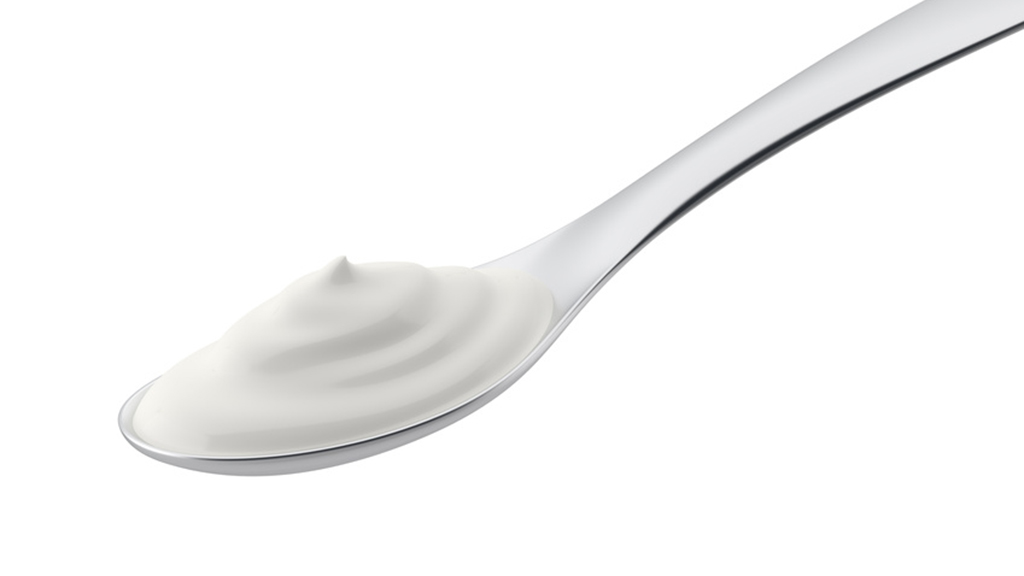Abstract
In this case study, students assume the roles of research and development personnel in a dairy company that is developing a low-fat yogurt. Guided by research provided by the company's marketing department, students must select attributes of the yogurt to improve, develop an experimental design for evaluating the effects of ingredients on their selected attribute, analyze the data generated from their design, and determine their most successful formulation. Students should be familiar with ANOVA and basic experimental design and have an understanding of general principles of quality management in food manufacturing. Originally developed for a senior-level undergraduate statistical quality management course, this case is also appropriate for courses focusing on quality management in industrial settings, as well as a general undergraduate statistics or an experimental design course.



